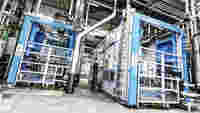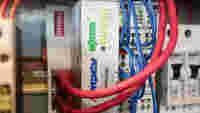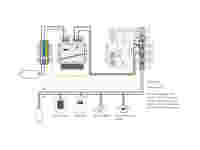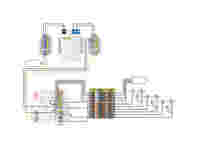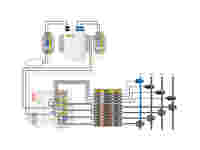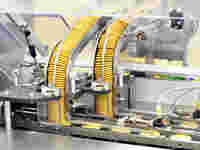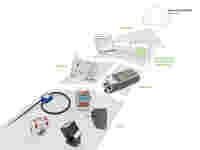Integrated MES for Greater Productivity and Efficiency

These days, almost nothing runs without energy. Plastics processor Ruch Novaplast has demonstrated that electricity can do more than just run the machines: Energy be used to optimize manufacturing with an integrated manufacturing execution system (MES).
Energy Management – Here’s How WAGO Supports You:
The HYDRA MES from MPDV records real-time data in production.
WAGO technology records energy consumption at every machine and forwards it to the HYDRA MES from MPDV.
This approach optimizes production at Ruch Novaplast and lowers energy costs.
